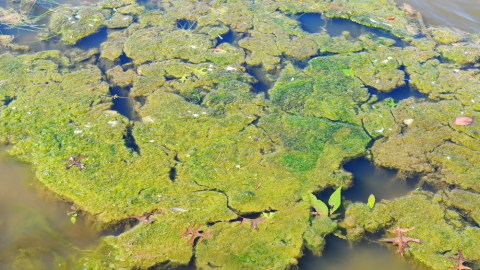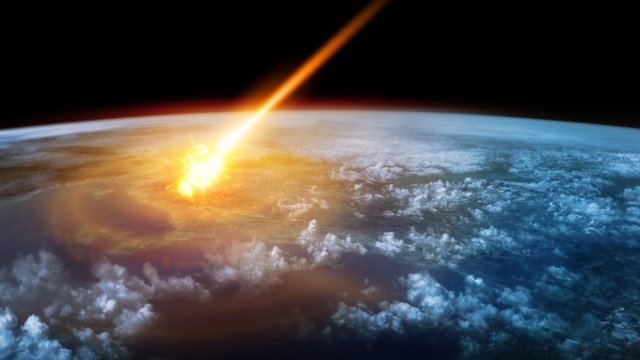Is Our Planet Going the Way of the Dinosaurs?

Most of the big mass extinctions have been caused by nasty volcanic events. The last one didn’t cause a mass extinction. It was in the Tertiary Period. This was in my own home state, Washington State, the Columbia River Basalts.
Out came all this basalt, as liquid lava, and a lot of the carbon dioxide came out too, but not enough to cause the Earth to go into a really nasty mass extinction. The mass extinctions caused by the basalts happen by simply heating the world. When you heat the world you heat the pole more than you do the equatorial region. When that happens, you start losing circulation. The only reason you have wind now is you have a hot spot and a cold spot and they’re trying to equilibrate. With an ocean current you have the same thing. You have a cold Antarctic and then you warm them up, the ocean circulation system is dampened down. There’s much less heat difference.
We already have very sluggish ocean circulation. The oceans are going oxic – losing their oxygen. They only keep oxygenated now because of this vigorous mixing. Even when you have oxygen in the atmosphere and contact with the surface, once you slow down any circulation, that whole basin can lose this oxygen. The Black Sea is the same case. It’s sits under a 21% oxygen atmosphere, and yet the Black Sea, except for the top several meters, in anoxic. It’s black because it’s producing a lot of sulfur-producing bacteria and there’s very nasty gasses that are produced.
We now think the big mass extinctions were caused by global anoxia. The oceans themselves were so sluggish that the hydrogen sulfide bacteria were produced in huge areas of the ocean. The bottom bubbles up to the surface and starts killing things – rotten egg killing. It would be extremely nasty. Hydrogen Sulfide poisoning is a horrible death. Two hundred hydrogen sulfide molecules among a million air molecules is enough to kill a human. Just breathing in 200 of those little things amid all the million you’re getting in oxygen and boom, you’re down, horribly down.
So, this is a really nasty poison and it was certainly present in past oceans during these short-term global warming events. That’s why it’s really spooky what we’re doing now.
In Their Own Words is recorded in Big Think’s studio.
Image courtesy of Shutterstock





